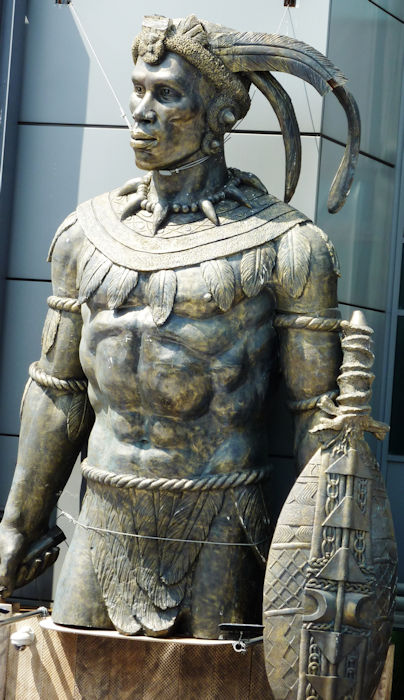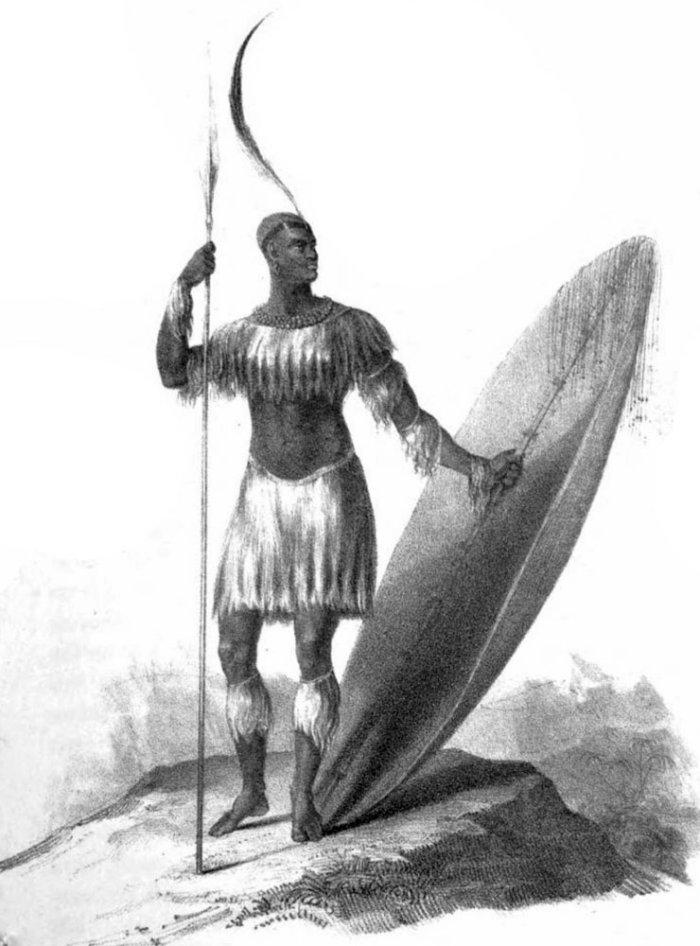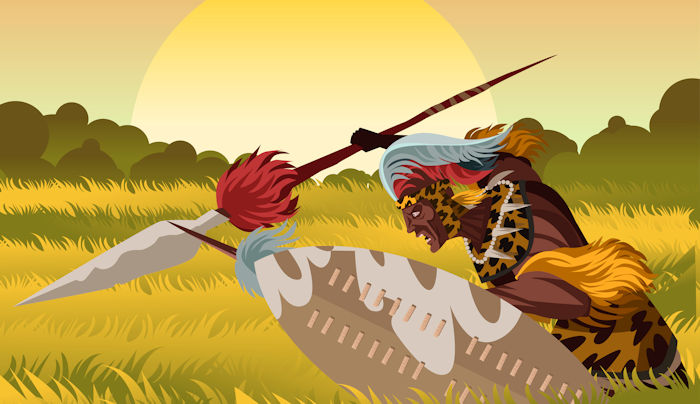Shaka Zulu: African Hero And One Of Greatest Military Leaders Of All Time
Ellen Lloyd - AncientPages.com - Shaka Zulu will be remembered as a great leader and conqueror who united over 100 chiefdoms into one mighty kingdom.
He was one of the greatest military leaders of all time, and many consider him a ruthless ruler who trained his troops with severe discipline and questionable methods. According to historians, there are many stories about his life, some of which are exaggerated.
Shaka Zulu (1787-1828) was one of the greatest heroes in Africa. Shaka Zulu restaurant statue. Camden, London Credit: Adobe Stock - ajay
Yet, there is no doubt that he is considered a great man and one of the most famous Africans. Shaka the Mighty is often compared with Alexander the Great, Julius Caesar, Attila the Hun, and Napoleon.
Born c. 1787, Shaka Zulu had a difficult childhood. His father, Senzangakhona was a minor Zulu chief, but his mother was an unranked woman. His parents belonged to the same clan, and their marriage violated Zulu custom.
Shaka was just a boy when he and his mother were banished from their tiny Zulu clan, one among many clans that dotted the hillsides of southern Africa. He dreamt of becoming a great warrior, and he achieved his dreams. Shaka served as a warrior under Dingiswayo, the Mthethwa paramount chieftain, and he became a mighty warrior of the Mthethwa Empire.
Shaka Becomes Zulu Leader
When a rival clan murdered the Zulu leader, Shaka assumed the throne, but he remained a vassal of the Mthethwa Empire until Dingiswayo's death.
When Shaka learned Dingiswayo had been murdered by Zwide, the powerful chief of the Ndwandwe (Nxumalo) nation, he sought vengeance. He organized the remaining warriors of the Mthethwa together with other tribes and defeated Dingiswayo during the Zulu War in 1819-1820.
Sketch of King Shaka (1781 - 1828) from 1824. Attributed to James King, it appeared in Nathanial Isaacs’ "Travels and Adventures in Eastern Africa", published in 1836.
The Zulu belonged to a large ethnic clan called the Bantu. These were migratory, cattle-keeping people composed of many subgroups speaking over 200 related languages. The Bantu had gradually moved from the North into the Eastern portions of South Africa.
It was Shaka who united the tribes and formed a powerful state in 1818. This became the Zulu Kingdom.
How Shaka Zulu Trained His Fearsome Warriors
Shaka Zulu did not become a great military leader immediately it took time before people trusted him, but as he created alliances with other tribes, his name became widely recognized.
The Zulu tribe soon developed a "warrior" mindset, which Shaka turned to his advantage. He used his soldier skills to teach the Zulus the most effective way of quickly becoming powerful by conquering and controlling other tribes. His teachings greatly influenced the social outlook of the Zulu people.
He also introduced new weapons to his warriors. One of them was the ikwla, a weapon with a shorter sphere and a longer spearhead the ikwla resembled a sword and gave the Zulu warriors a great advantage in combat with their enemies. Shaka prohibited the wearing of sandals, toughened his warriors' feet by making them run barefoot over the rough thorny ground, and secured their greater mobility. His warriors had to run many miles daily, and those who complained were killed.
Credit: Adobe Stock - matiasdelcarmine
Shaka was a rigorous leader, and his training was very demanding and brutal, but he gained a lot of respect, confidence, and support. He eliminated privilege and class. Warriors had to earn their positions and rank. All the spoils of war taken from the defeated armies were to be split among the warriors, and all resources were shared. Aging members of society were to be treated with dignity and allowed to retire. He also got rid of witch doctors.
Shaka and his Zulu warriors used a famous and very successful battle tactic known as the “Buffalo Horns”. There is no doubt that this tactic played a vital role in military success.
Previously the Zulu warriors had only used the “Buffalo Horns” tactics for hunting, but Shaka adapted it for battle with great success. The Buffalo Horns formation would see the Zulus split their forces into four distinct elements. Each represented a part of the Buffalo, such as the chest's left and right horns. The Chest of the Buffalo would engage the enemy head-on. This element of the Zulu force would usually be made up of the best warriors, proven in battle.
While the Chest of the Buffalo was pinning down the enemy, the Horns would encircle them to the left and right, surrounding the opposition. Any survivors were given the option to join the Zulus or be killed. This tactic was the main reason the Zulu warriors became feared.
Shaka maintained a good relationship with the Europeans in Africa, including the Colonial authorities. However, his constant wars were disliked by other Africans, including his own people.
Shaka Zulu’s Death
Shaka Zulu became psychologically unstable and obsessively worried about being replaced by an heir. When his mother died in 1827, his mental condition worsened. He imposed a year of celibacy on his people, executed anyone who did not show enough grief at the death of his mother and about 7,000 Zulus were killed during his grief.
This map illustrates the rise of the Zulu Empire under Shaka (1816–1828) in present-day South Africa. The rise of the Zulu Empire under Shaka forced other chiefdoms and clans to flee across a wide area of southern Africa. Clans fleeing the Zulu war zone included the Soshangane, Zwangendaba, Ndebele, Hlubi, Ngwane, and the Mfengu. A number of clans were caught between the Zulu Empire and advancing Voortrekkers and British Empire such as the Xhosa. Image credit: Wikipedia
For a year, no crops were planted, milk was prohibited, and all women found pregnant were slain with their husbands.
Shaka wanted everyone to know how it felt to lose a mother.
All this was too much for the people around him. One year later, in 1827, Shaka was murdered by his half-brother, Dingane, who succeeded him as ruler.
Today, Shaka remains a revered founding figure for many Zulu speakers and continues to be seen as an important historical figure by huge numbers of other people.
Updated on May 8, 2022
Written by Ellen Lloyd – AncientPages.com
Copyright © AncientPages.com All rights reserved. This material may not be published, broadcast, rewritten or redistributed in whole or part without the express written permission of AncientPages.com
Expand for referencesMore From Ancient Pages
-
 Mysterious Ancient Giant Jars Made By An Unknown Civilization Discovered In India
Archaeology | Mar 30, 2022
Mysterious Ancient Giant Jars Made By An Unknown Civilization Discovered In India
Archaeology | Mar 30, 2022 -
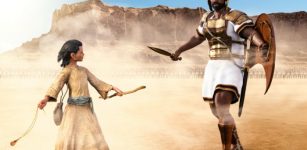 Mystery Of Pre-Adamic Didanum Race: Giants Who Were Ancestors Of The Nephilim and Rephaim
Biblical Mysteries | Oct 2, 2014
Mystery Of Pre-Adamic Didanum Race: Giants Who Were Ancestors Of The Nephilim and Rephaim
Biblical Mysteries | Oct 2, 2014 -
 Mystery Of The Lost Arctic Civilization- Two Ancient Mummies Found At The Zeleny Yar Necropolis
Archaeology | Jul 20, 2017
Mystery Of The Lost Arctic Civilization- Two Ancient Mummies Found At The Zeleny Yar Necropolis
Archaeology | Jul 20, 2017 -
 Camas Plant Stewardship In The Pacific Northwest Dates Back More Than 3,500 Years
Archaeology | May 23, 2024
Camas Plant Stewardship In The Pacific Northwest Dates Back More Than 3,500 Years
Archaeology | May 23, 2024 -
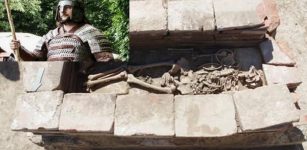 Rare Discovery: Remains Of An Avar Warrior And A Belt Unearthed In Vinkovci, Croatia
Archaeology | May 3, 2020
Rare Discovery: Remains Of An Avar Warrior And A Belt Unearthed In Vinkovci, Croatia
Archaeology | May 3, 2020 -
 Mystery Of Ancient, Overlooked Calico: Early Man Site In The Mojave Desert Of North America
Civilizations | Sep 9, 2021
Mystery Of Ancient, Overlooked Calico: Early Man Site In The Mojave Desert Of North America
Civilizations | Sep 9, 2021 -
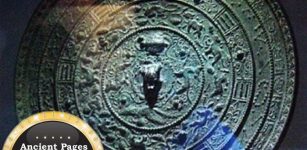 Mystery Of Ancient “Magical” Mirrors – Some Of The Strangest Objects In The World
Ancient Mysteries | Apr 21, 2011
Mystery Of Ancient “Magical” Mirrors – Some Of The Strangest Objects In The World
Ancient Mysteries | Apr 21, 2011 -
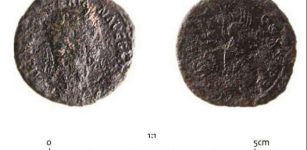 Hoard Of Roman Bronze Coins Turns Out To Be Offering For Safe Crossing
Archaeology | Jul 2, 2021
Hoard Of Roman Bronze Coins Turns Out To Be Offering For Safe Crossing
Archaeology | Jul 2, 2021 -
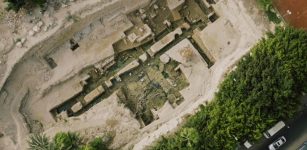 New Hope To Finally Find Tomb Of Alexander The Great
Archaeology | Mar 6, 2019
New Hope To Finally Find Tomb Of Alexander The Great
Archaeology | Mar 6, 2019 -
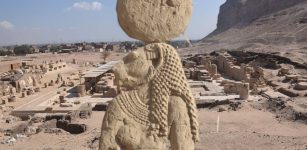 Is An Ancient Temple Dedicated To The Lioness Goddess Repit Hidden In The Cliffs Of Athribis?
Archaeology | Dec 10, 2024
Is An Ancient Temple Dedicated To The Lioness Goddess Repit Hidden In The Cliffs Of Athribis?
Archaeology | Dec 10, 2024 -
 A Warrior’s Princely Tomb With Artifacts Unearthed In Romania
Archaeology | Dec 27, 2022
A Warrior’s Princely Tomb With Artifacts Unearthed In Romania
Archaeology | Dec 27, 2022 -
 Ji Gong: Legendary Ancient Monk Who Defended People Against Injustice
Chinese Mythology | Jan 31, 2016
Ji Gong: Legendary Ancient Monk Who Defended People Against Injustice
Chinese Mythology | Jan 31, 2016 -
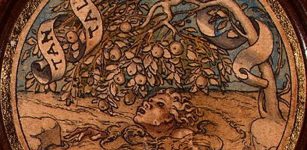 Tantalus – Greek King And Evildoer Who Violated Divine Laws And Was Sent To Tartarus
Featured Stories | Mar 1, 2019
Tantalus – Greek King And Evildoer Who Violated Divine Laws And Was Sent To Tartarus
Featured Stories | Mar 1, 2019 -
 Ancient Europeans Ate Seaweed And Freshwater Plants – Evidence Found
Archaeology | Oct 17, 2023
Ancient Europeans Ate Seaweed And Freshwater Plants – Evidence Found
Archaeology | Oct 17, 2023 -
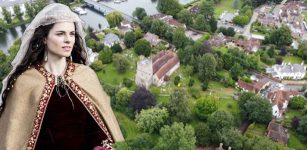 Mystery Of The Lost Anglo-Saxon Queen Cynethryth May Soon Be Solved By Archaeologists
Archaeology | Aug 2, 2022
Mystery Of The Lost Anglo-Saxon Queen Cynethryth May Soon Be Solved By Archaeologists
Archaeology | Aug 2, 2022 -
 4,000 Years Ago Women Of El Argar Used Their Teeth As Tools
Archaeology | Nov 10, 2020
4,000 Years Ago Women Of El Argar Used Their Teeth As Tools
Archaeology | Nov 10, 2020 -
 A 200-Year-Old Swedish Mystery Remains Unsolved
Ancient Mysteries | Oct 7, 2015
A 200-Year-Old Swedish Mystery Remains Unsolved
Ancient Mysteries | Oct 7, 2015 -
 Ancient Underwater City Of Heracleion Reveals More Archaeological Treasures
Archaeology | Jul 21, 2021
Ancient Underwater City Of Heracleion Reveals More Archaeological Treasures
Archaeology | Jul 21, 2021 -
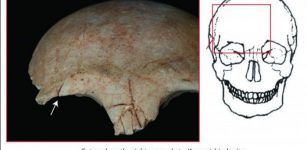 Population Pressure And Prehistoric Violence In The Yayoi Period Of Japan
Archaeology | Aug 30, 2021
Population Pressure And Prehistoric Violence In The Yayoi Period Of Japan
Archaeology | Aug 30, 2021 -
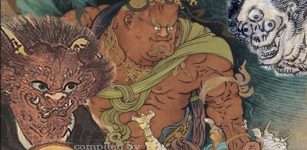 Demon Oni: Cruel Harbinger Of Disease And Misfortune In Japanese Folklore
Featured Stories | Dec 2, 2019
Demon Oni: Cruel Harbinger Of Disease And Misfortune In Japanese Folklore
Featured Stories | Dec 2, 2019

